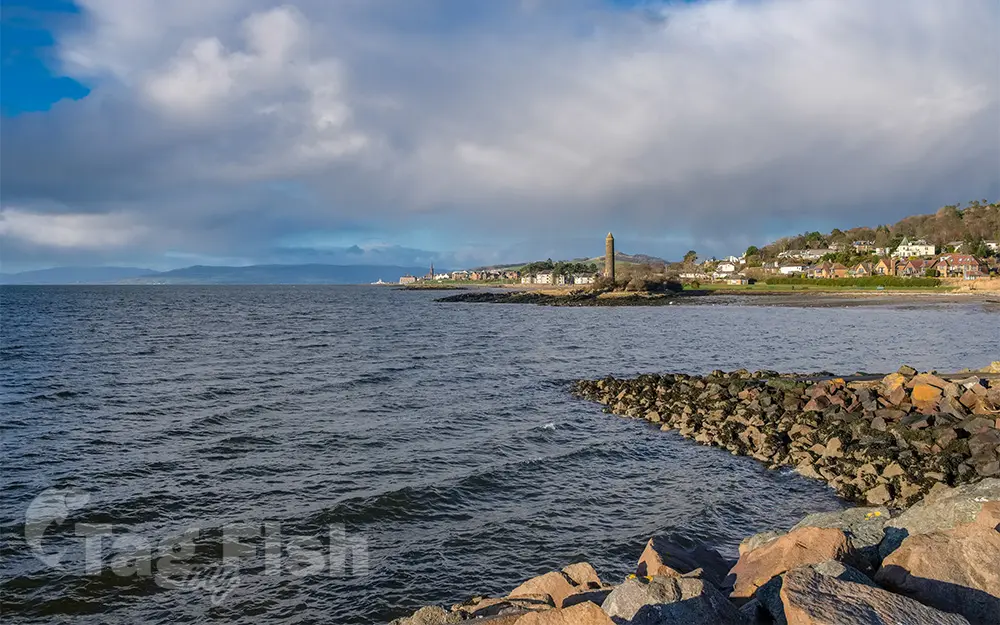Firth of Clyde

General data
- Name: Firth of Clyde
- Water system: Atlantic Ocean
- Water type: Bay
- Progression: Atlantic Ocean -> Planet Earth
- Climates: Temperate
- Continents: North America
- Countries: Scotland (UK)
The Firth of Clyde is the mouth of the River Clyde. It is located on the west coast of Scotland and constitutes the deepest coastal waters in the British Isles (it is 164 metres deep at its deepest). The firth is sheltered from the Atlantic Ocean by the Kintyre peninsula, which encloses the outer firth in Argyll and Ayrshire. The Kilbrannan Sound is a large arm of the Firth of Clyde, separating the Kintyre Peninsula from the Isle of Arran. Within the Firth of Clyde is another major island – the Isle of Bute. Given its strategic location at the entrance to the middle and upper Clyde, Bute played a vital naval military role during World War II. At its entrance, the firth is about 26 miles (42 km) wide. At one area in its upper reaches, it is joined by Loch Long and the Gare Loch. This area includes the large anchorage off of Greenock that is known as the Tail of the Bank. Even where the sandbank narrows it, the Clyde is almost 2 miles (3.2 km) wide. Its upper tidal limit is at the tidal weir adjacent to Glasgow Green.

 English
English
 Spanish
Spanish
 German
German
 French
French
 Serbian
Serbian
 Russian
Russian

